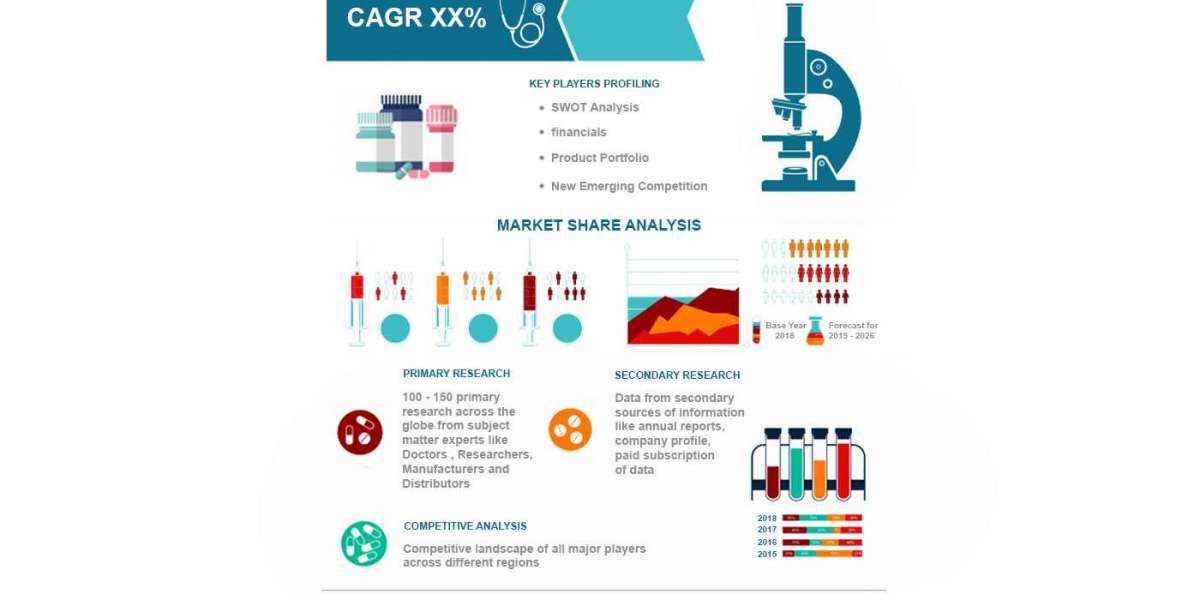Performance Management Software: Enhancing Employee Evaluation and Growth
Performance management software has emerged as an indispensable tool for organizations looking to optimize employee performance, streamline evaluations, and foster development. This technology allows businesses to automate the traditionally time-consuming and manual processes involved in performance management. By providing a centralized platform for continuous feedback, goal-setting, and performance tracking, the software helps companies create a more efficient, transparent, and scalable approach to managing talent.
This article will explore the core features, benefits, challenges, and best practices of performance management software and its role in improving organizational effectiveness.
1. What is Performance Management Software?
Performance management software is a digital solution that helps organizations track, assess, and improve employee performance. It replaces outdated systems, such as manual performance reviews and spreadsheets, with automated tools designed to enhance the overall performance management process. Through features like real-time feedback, goal tracking, employee development plans, and performance appraisals, performance management software enables managers and employees to collaborate more effectively on achieving both individual and organizational goals.
The software can be customized to meet the specific needs of an organization, whether it’s a small startup or a large multinational corporation. It typically integrates with other HR and business systems, providing a seamless approach to managing employee performance, compensation, and development.
2. Key Features of Performance Management Software
Performance management software comes with a range of features designed to simplify and enhance the performance management process. The most common features include:
Goal Setting and Alignment: This feature enables organizations to set specific, measurable, achievable, relevant, and time-bound (SMART) goals for employees. The software ensures that individual goals are aligned with broader organizational objectives, creating a unified sense of purpose.
Continuous Feedback and Reviews: Gone are the days of annual performance reviews. Modern performance management software allows for continuous feedback and frequent performance check-ins. Employees receive real-time feedback from managers, peers, and other stakeholders, ensuring that they can make timely improvements.
360-Degree Feedback: Performance management software often includes 360-degree feedback tools, which allow employees to receive evaluations from multiple sources, such as peers, subordinates, and supervisors. This holistic approach provides a more comprehensive view of an employee’s strengths and areas for improvement.
Performance Tracking and Appraisals: Managers can easily track employee performance over time and compare it to predefined benchmarks or goals. The software facilitates structured appraisals, helping managers conduct fair and objective evaluations.
Development Plans: In addition to tracking performance, the software also allows for the creation of individualized development plans. These plans help employees focus on skills improvement, career progression, and personal growth within the organization.
Recognition and Rewards: Many performance management platforms include features for recognizing and rewarding employees for their achievements. This can include automated rewards programs or public recognition features, which contribute to higher employee motivation and engagement.
Analytics and Reporting: The software provides data-driven insights through comprehensive reports and dashboards. These analytics help managers identify trends in employee performance, track progress, and make data-backed decisions for promotions, compensation, and development opportunities.
3. Benefits of Performance Management Software
Performance management software provides a wide range of benefits for both organizations and employees. Here are some of the key advantages:
Increased Efficiency: One of the most significant benefits of performance management software is its ability to automate routine tasks, such as tracking goals, managing feedback, and generating performance reports. This frees up time for HR teams and managers to focus on more strategic activities.
Enhanced Employee Engagement: Continuous feedback and clear development plans keep employees engaged and motivated. When employees understand how their efforts contribute to larger organizational goals and receive regular recognition for their work, they are more likely to stay committed to their roles.
Better Goal Alignment: The software ensures that individual, team, and organizational goals are aligned. This helps employees understand their role in the company’s success and keeps everyone focused on the same objectives.
Improved Accuracy in Evaluations: Traditional performance reviews can be subjective and inconsistent. Performance management software helps standardize evaluations by using data-driven metrics and eliminating biases. With 360-degree feedback, the system offers a more balanced perspective of an employee’s performance.
Effective Development and Retention: By identifying areas where employees can grow and offering structured development plans, performance management software fosters professional growth. Employees who see clear career progression opportunities are more likely to remain with the company, reducing turnover.
Informed Decision-Making: Data and insights generated by the software help managers make informed decisions about promotions, compensation adjustments, and resource allocation. These insights enable fair and objective decisions based on real performance metrics, not just personal opinions.
Scalability: For growing organizations, managing performance manually can quickly become overwhelming. Performance management software allows companies to scale their processes as they expand, without compromising on quality or efficiency.
4. Challenges of Performance Management Software
While performance management software provides numerous benefits, there are also challenges that organizations may encounter during implementation:
Adoption and Resistance: Introducing new software can meet resistance from employees and managers, particularly if they are accustomed to traditional performance management methods. Overcoming this requires effective training, communication, and leadership buy-in.
Complexity and Customization: Some performance management platforms offer a wide range of features, which can be overwhelming for smaller organizations or teams. Selecting the right tool that matches the organization's needs without unnecessary complexity is crucial.
Data Privacy Concerns: With performance management software, sensitive employee data, such as appraisals and feedback, is stored digitally. Ensuring robust data security measures are in place to protect this information is essential.
Time-Consuming Setup: The initial setup and configuration of the software can be time-consuming, especially for larger organizations. Proper planning and a phased rollout can help mitigate this challenge.
5. Best Practices for Implementing Performance Management Software
To get the most out of performance management software, organizations should follow these best practices:
Choose the Right Platform: Not all performance management software is the same. It’s essential to select a platform that fits your organization’s size, culture, and specific performance management needs. Look for tools that offer scalability, integration with existing systems, and customization options.
Ensure Leadership Buy-In: Senior leaders should actively support the implementation of performance management software. Their endorsement is critical to encouraging adoption at all levels of the organization.
Provide Adequate Training: Comprehensive training is vital to ensure that managers and employees can effectively use the software. This training should cover how to give feedback, set goals, track performance, and utilize data insights.
Start with a Pilot Program: Before rolling out the software company-wide, consider starting with a smaller pilot program to gather feedback and make any necessary adjustments. This helps smooth the transition and ensures the system meets the needs of all users.
Integrate with Other HR Tools: For a seamless experience, integrate the performance management software with other HR systems, such as payroll, learning management, and employee engagement tools. This creates a cohesive HR ecosystem and maximizes the value of the software.
Conclusion
Performance management software is an essential tool for modern organizations looking to improve employee performance, streamline evaluations, and support career development. By leveraging continuous feedback, real-time goal tracking, and comprehensive performance analytics, businesses can create a more engaged, productive, and motivated workforce. Although there are challenges in implementation, following best practices and choosing the right platform can lead to long-term success and a high-performance culture within the organization.









